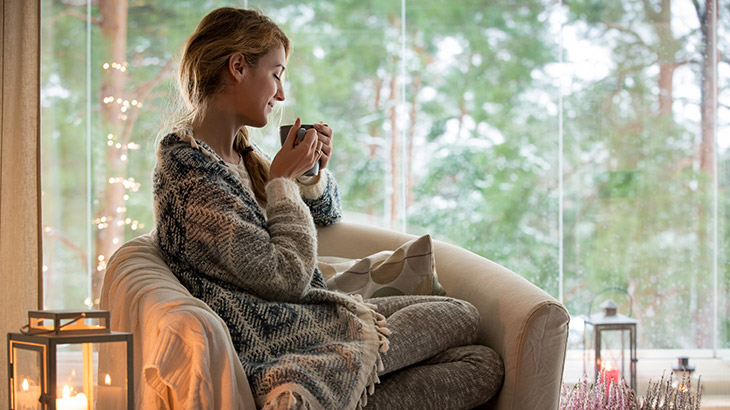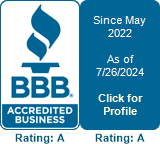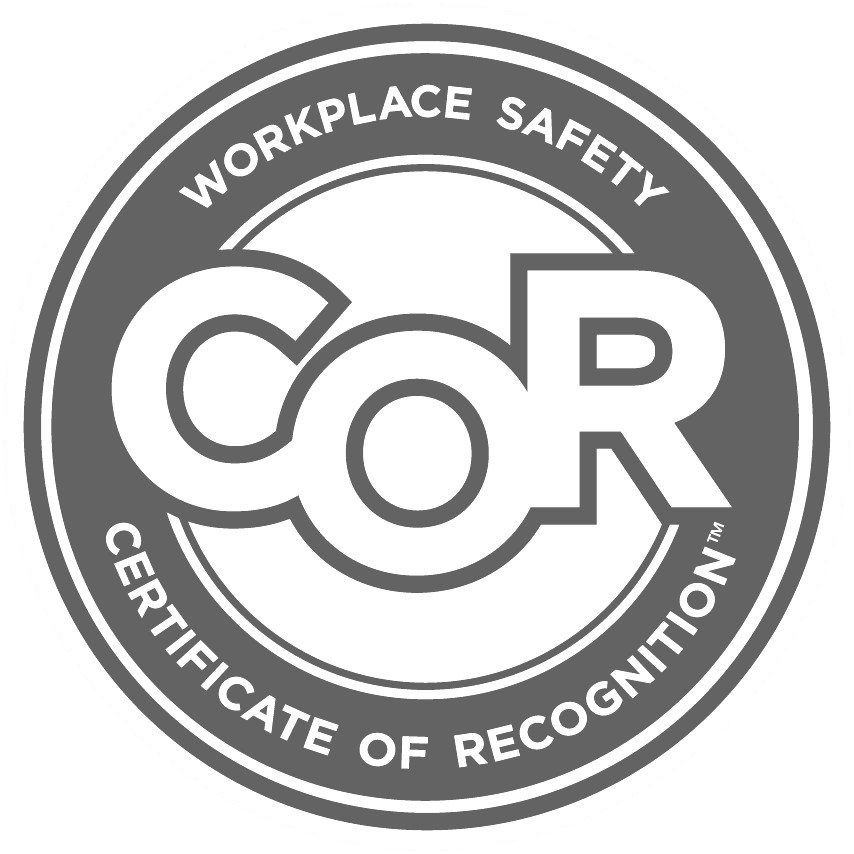 The Inside Scoop on Hot & Cold Spots
The Inside Scoop on Hot & Cold Spots
What are hot & cold spots?
A difference in temperature throughout your home. When one area of your room is hotter or cooler than the rest.
What are the signs?
- When many rooms throughout your home are a different temperature. For example, upstairs rooms are warmer, downstairs rooms are cooler. This usually results in family members having a different temperature preference and never seeming to be comfortable.
- Your utility bills are usually higher. Running your AC or furnace harder or if they start and stop frequently or run all the time, to try and address the temperature variance throughout your home will increase energy usage. And your home may still not be at a comfortable temperature.
- During hot summer temperatures you must constantly run your fan and you may notice high humidity.
- The airflow is lacking and noisy in addition to noisy equipment. From drafts, temperature swings, stuffiness, clamminess, mugginess, musty odors and more.
- If you have allergies or asthma, you may have increased aggravated symptoms. Another contributor could be on-going dust buildup, even shortly after you have dusted.
- Problems with your comfort system (furnace and air conditioner) since it was installed, or from when you moved in. Needing service and repairs.
What are the causes?
- The layout of your home can cause inefficient air flow resulting in hot & cold spots. If there are multiple levels in your home, the air flow takes longer to circulate. In winter, rooms built over the garage always tend to be cooler. Rooms with several windows will always experience warmer temperatures.
- Seasonal temperatures will affect the temperature throughout your home. A rooms temperature will change depending on the time of day. In summer rooms that face east side will be warmer during sunrise, and rooms facing the west side will be warmer during sun set.
- The right heating and cooling equipment is critical for optimal airflow. You air conditioner or furnace may not be the right size for your home, giving you inefficient heating and cooling. You could have blocked or closed air vents, improper duct work and your thermostat could be located where it is affected by drafts, the sun or other heat sources preventing it from reading the true temperature in your home.
What preventive measures are there?
- Make sure you check you vents to ensure they are not blocked and that the mesh has been removed if your home is a new build.
- Consider using window coverings like sun shades and blinds to block the heat.
- Look for drafts due to weather stripping issues on your door or an improperly sealed/ insulated window.
- Investigate improving the insulation for your attic and other areas of your home.
- Contact an HVAC company and have a certified technician come out to help improve your heating and cooling efficiency. Some of their recommendations could be upgrades to your thermostat, zoning, duct cleaning or AC/ furnace repairs and a scheduled maintenance plan.
References:
Getting Rid of Unwanted Hot Spots in Your Home
3 Tips for Dealing with Hot and Cold Spots in Your Home






